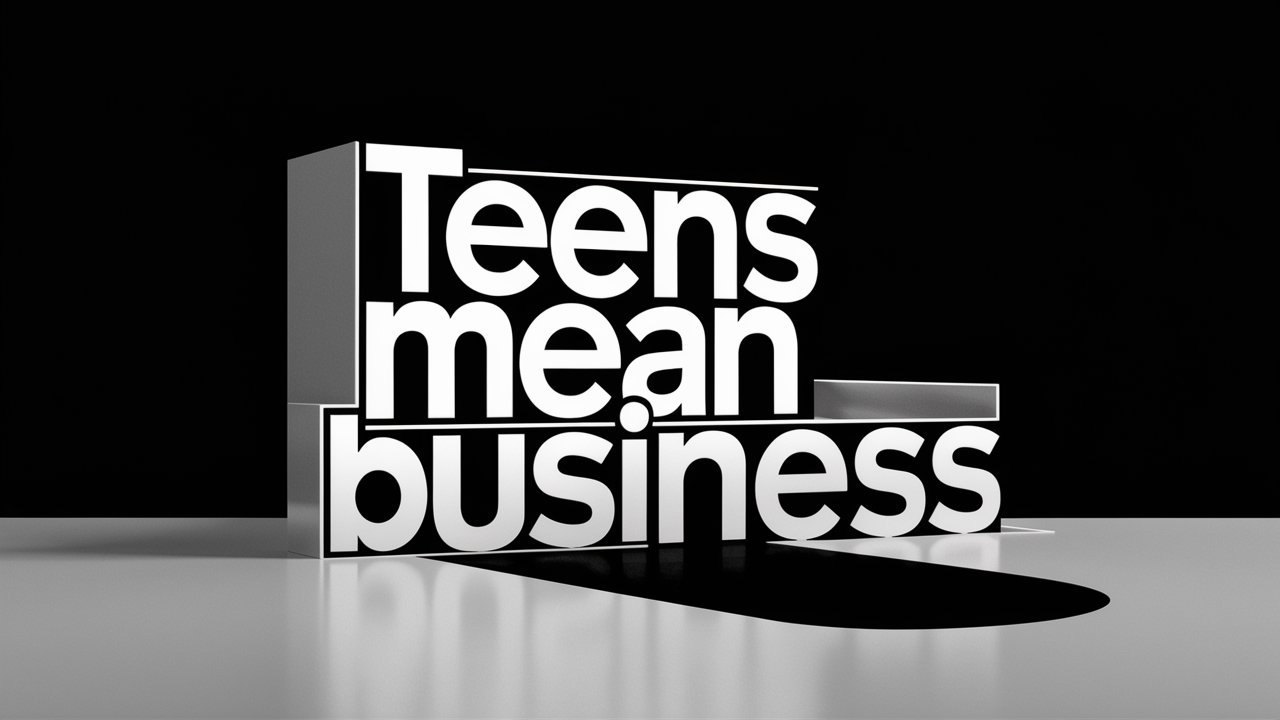Diffusion LLMs: A New Gameplan
Large Language Models (LLMs) have revolutionized the way we interact with technology, enabling applications ranging from chatbots to content generation. However, the latest advancement in this field is the introduction of the Mercury family of diffusion LLMs (dLLMs). These models, which use a diffusion process to generate text, are not only faster but also produce higher quality outputs compared to traditional auto-regressive models. In this blog post, we will explore how these new-generation LLMs are pushing the boundaries of fast, high-quality text generation and their potential impact on various industries.
The Evolution of LLMs
The journey of LLMs began with simple rule-based systems and has evolved into complex neural network architectures. Traditional auto-regressive models, such as those used by OpenAI's GPT series, generate text one token at a time, making them slower and less efficient for real-time applications. The advent of diffusion LLMs, like the Mercury family, marks a significant leap forward. These models use a diffusion process to generate text in parallel, significantly reducing the time required for text generation while maintaining or even improving the quality of the output.
Understanding Diffusion LLMs
Diffusion LLMs operate by transforming a random noise vector into a coherent text sequence through a series of steps. This process is akin to a reverse Markov chain, where the model learns to map noise to text. The key advantage of this approach is its ability to generate text in parallel, making it much faster than auto-regressive models. Additionally, diffusion LLMs can be fine-tuned for specific tasks more effectively, allowing for more tailored and contextually relevant text generation.
Performance and Quality
Several studies have demonstrated the superior performance of diffusion LLMs in terms of speed and quality. A recent paper by the team behind the Mercury family reported that their models can generate text up to 10 times faster than traditional auto-regressive models while maintaining comparable or better quality (Mercury Team, 2023). This improvement is particularly significant for applications that require real-time text generation, such as live chatbots, real-time translation services, and automated content creation tools.
Applications and Impact
The impact of diffusion LLMs extends beyond just speed and quality. These models are being applied in a variety of fields, each with unique benefits. For instance, in the healthcare sector, diffusion LLMs can assist in generating patient records, medical summaries, and even personalized treatment plans. In the educational domain, they can help in creating lesson plans, generating study materials, and providing personalized learning experiences. Additionally, in the creative arts, diffusion LLMs can assist in writing stories, composing music, and designing visual content.
Challenges and Future Directions
Despite their advantages, diffusion LLMs face several challenges. One of the primary issues is the complexity and computational requirements of training these models. They often need large amounts of data and powerful hardware, which can be a barrier for smaller organizations. Another challenge is the need for careful fine-tuning to ensure that the models generate text that is both accurate and contextually appropriate. Despite these challenges, ongoing research and development are addressing these issues, and the future looks promising for the continued evolution of diffusion LLMs.
Conclusion
The introduction of the Mercury family of diffusion LLMs represents a significant milestone in the field of natural language processing. By leveraging a diffusion process, these models offer a faster and more efficient alternative to traditional auto-regressive models, while maintaining or even improving the quality of the generated text. As these technologies continue to evolve, they have the potential to transform various industries, from healthcare and education to creative arts and beyond. Stay tuned for more updates on this exciting frontier of AI and machine learning.
Key Takeaways
- Diffusion LLMs, like the Mercury family, use a diffusion process to generate text in parallel, making them faster and more efficient than traditional auto-regressive models.
- These models maintain or improve the quality of text generation, making them suitable for a wide range of applications.
- The impact of diffusion LLMs extends to healthcare, education, and creative arts, offering new possibilities for automation and personalization.
- While there are challenges, such as computational requirements and fine-tuning needs, ongoing research is addressing these issues.
References
Mercury Team. (2023). Diffusion LLMs: A New Frontier in Text Generation. Retrieved from https://www.mercuryai.com/research
OpenAI. (2022). GPT-3: A Breakthrough in Natural Language Processing. Retrieved from https://openai.com/research/gpt-3
Google Deepmind. (2021). Text-to-Image Synthesis with Diffusion Models. Retrieved from https://deepmind.com/research/publications/text-to-image-synthesis-with-diffusion-models
Microsoft Research. (2022). Advancements in Large Language Models. Retrieved from https://www.microsoft.com/en-us/research/project/large-language-models/
IBM Research. (2023). Diffusion Models for Text Generation. Retrieved from https://research.ibm.com/blog/diffusion-models-for-text-generation









.jpg)

